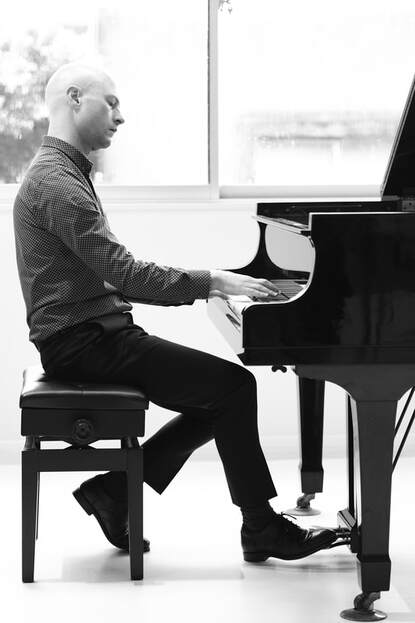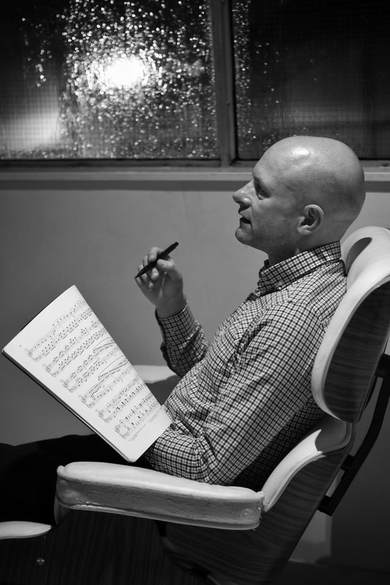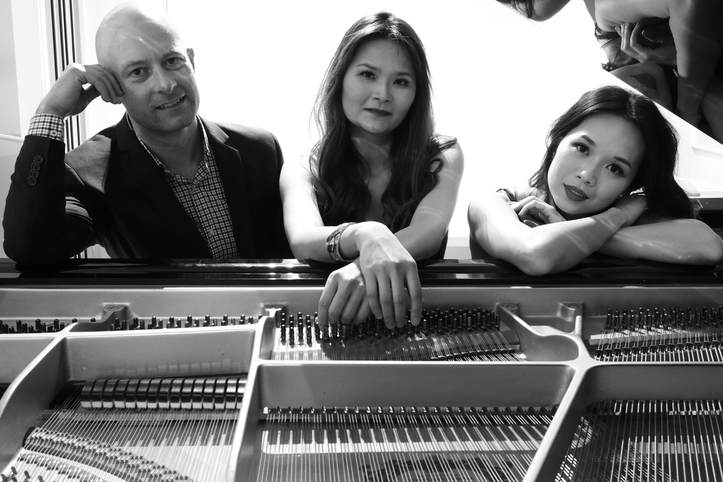|
Hamish explores the ways musical meanings are formed through our embodied participation. Central to all his work is his conviction that we are all “performers.” Whether listening to music, performing music, or recalling music in our head, we position ourselves and our bodies in performative ways—often unconsciously. Hamish’s research covers the many different modes of embodiment through which we make sense of, and take meaning from, the powerful art of music.
Several publications explore the diverse musical experiences of embodiers of nineteenth-century piano music. This research presents evidence—from the nineteenth century to today—that imagining supplemental sound is a necessary part of performing and listening to piano music, and that imagined sounds (and real or imagined bodily exertions) are shaped not only by compositional features, but also by common techniques of illusion that pianists use in various musical contexts. |




